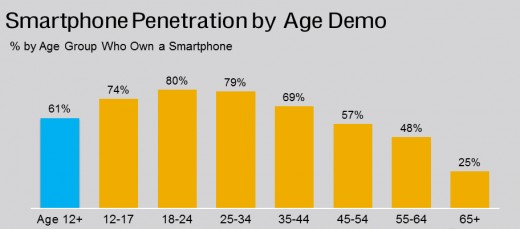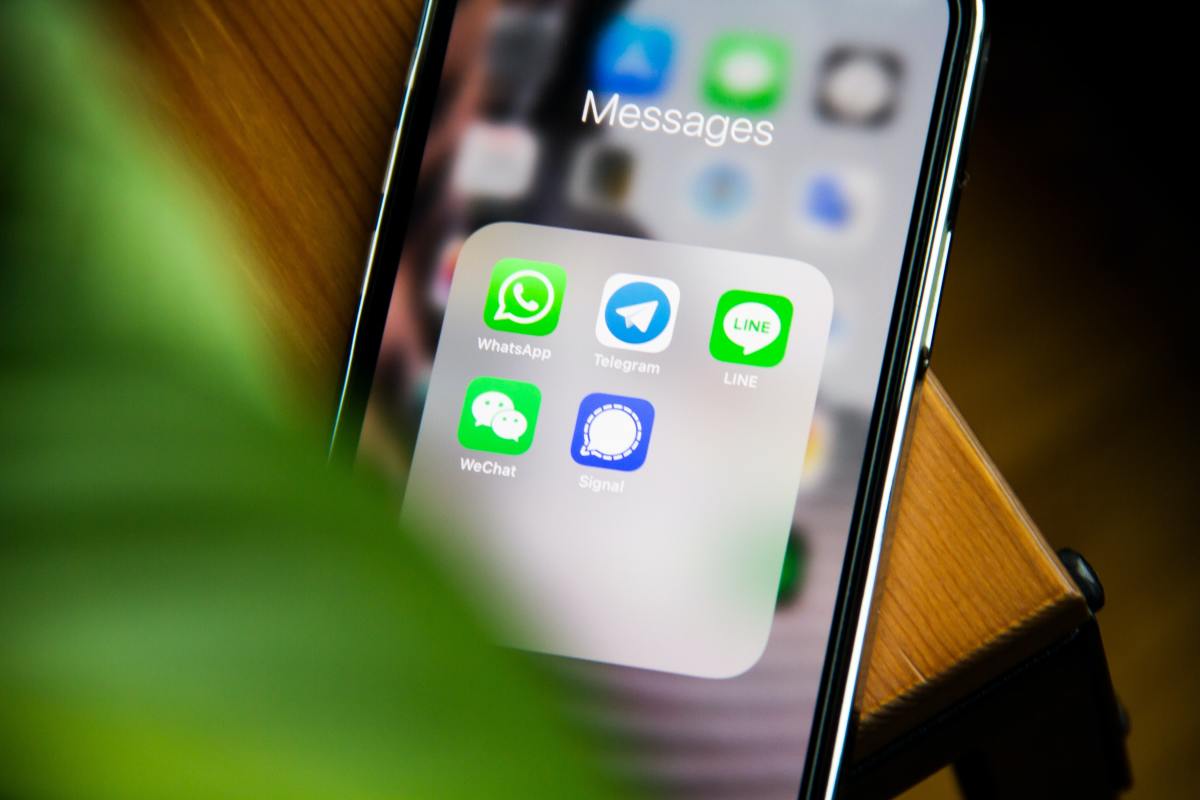Statistics Reveal How Much We Love Smartphones

Did you know that the number of smartphone users worldwide has surged higher than the most aggressive estimates? In December 2014, eMarketer published a report after extensive research, saying that the number of smartphone users globally is estimated to surpass 2 billion in 2016. The number of users surged in 2015, and by the middle of the year had handsomely exceeded the estimate.
There were 2.6 billion users of smartphones by June 2015, according to an article published by TechCrunch. The number of smartphones in circulation is now expected to cross 6 billion units by 2020. What this means is that 70% of the world’s population would be using smartphones by 2020, which indicates how much we depend on such devices.
Mobile Phone Users by Country
Rank
| Name of Country
| Number of Users in Billions
|
|---|---|---|
1
| China
| 1.2
|
2
| India
| 1.0
|
3
| United States
| 0.33
|
4
| Brazil
| 0.28
|
5
| Russia
| 0.26
|
6
| Indonesia
| 0.24
|
7
| Nigeria
| 0.17
|
8
| Pakistan
| 0.14
|
9
| Bangladesh
| 0.13
|
10
| Japan
| 0.12
|
More People Using Smartphones
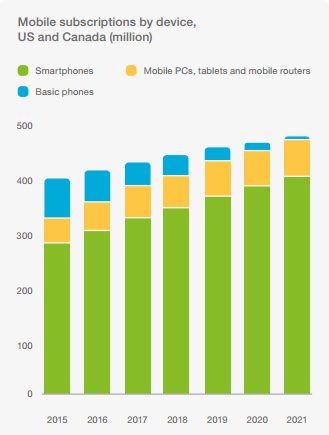
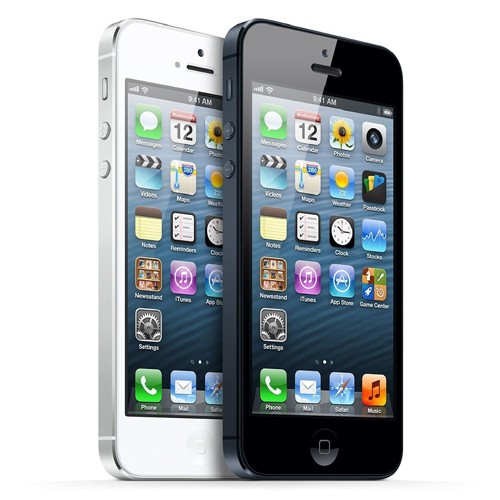
Smartphone Shipments
While the number of smartphone users may be high in a country in a particular year, it does not necessary mean that country is the largest market. While USA is a huge market, the emerging markets of China and India have been growing at a phenomenal pace. Thus, instead of looking at the absolute numbers, it is important to consider the market share for smartphone shipments. Statistics revealed by Statista indicate the market share of smartphone shipments in 2015, and how this is expected to change by 2019.
Market Share of Smartphone Shipments in 2015
- China – 30%
- USA – 12%
- India – 8%
- Brazil - 4%
- UK – 2%
Estimated Market Share of Smartphone Shipments in 2019
- China – 24%
- USA – 9%
- India – 13%
- Brazil - 4%
- UK – 2%
While the importance of the US as a market for smartphones was significant in 2015, this is likely to shift in favor of India by 2019. The increase in shipment units may exceed the increase in smartphones penetration. As newer, sleeker and more powerful devices hit the market, a large number of people purchase a new device even while their old smartphone is functioning property. Some sell their smartphones for cash, and use the money to buy the latest model of their newest companion, say experts at Tech Payout.

Time Spent on Smartphones
Not only are people purchasing these devices, they are also spending an increasing amount of time on them. By 2013, people were already sending 195 minutes (3.25 hours) per day using their smartphones, according to an article based on research conducted by Analysys Mason. This marks a substantial jump from the average time of 98 minutes (1.6 hours) spent per day using smartphones.
Even after this huge increase, the number of hours spent by people kept climbing. Time spent on mobile devices surged by 117% in 2015 as compared to 2014, said a report by Flurry, a Yahoo-owned analytics company.
Our smartphones have replaced other gadgets. For instance, as per a survey reported by Mobile Statistics, 58% people have stopped using an alarm clock, while 50% people no longer wear a watch.
With smartphones having larger screens than before, these devices have severely impacted laptop and PC usage. In fact, the PC market has been on a decline. In 2015, mobile search activity surpassed desktop search activity. Some people check their WhatsApp messages and/or their favorite social media platform (Facebook, Twitter or Instagram) on their smartphones more than 20 times a day!
Facts About Smartphones
How We Use Our Smartphones
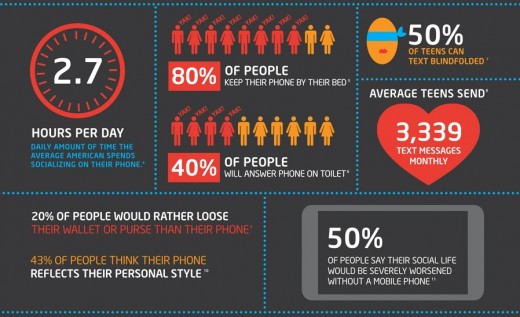
Usage by Age
Kids learn how to use a smartphone or tablet even before they learning to talk. Children adopt new technology swifter than adults, says a blog about why kids have lower hesitation to explore technology. On the other hand, seniors have started becoming more tech savvy than before. Moreover, smartphones being available at a wide range of price points allows people from different income groups to have access to these devices. With a larger demographic of people using smartphones, no wonder their sales have soared over the past decade.
Smartphone Ownership by Demographics
